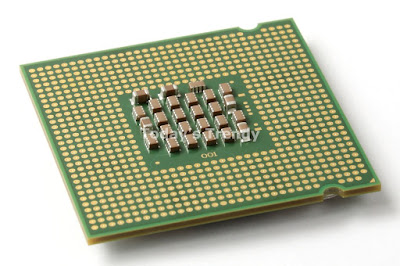Remember Thought Factory by Axis? Yes, it was their innovation lab for startups limited to the FinTech domain. For others, they now have Axis Start-up Social.
As the name suggests, the new platform is for networking and socializing, thus sharing knowledge and helping other potential startups. It went live on December 15, at an event held at WeWork, a co-working space in Bengaluru.
We at Today's Trendy were invited to attend the launch event, which unfolded pleasantly that Friday evening. The founders of Licious and Divrt were there to share their success stories, along with the struggles they had to face, both generally and specifically.
First on the podium was Vivek Gupta, the CEO of Licious. It is a meat delivery service currently operating in Bengaluru, Hyderabad and Delhi NCR. "We are not a food-delivery service," he kept on insisting. He shared his story about how he ended up branding meat. He admitted to knowing how the funding-side of the startup ecosystem works, thanks to his previous stint at a VC firm.
Next up was Amit Rohatgi of Divrt. The startup aims at providing a comfortable and data-driven parking solution to the most populated cities in the world. He talked about how the startup ecosystem is different in Silicon Valley than it is in India. He is appalled by the enormous sums of money startups in the sub-continent offer tech talents. He is also unsure why developers in India settle for a high CTC number instead of working for shares, which are expected to grow manifold over the years.
Informative Q&A sessions followed each of the above talks. Vivek explained the importance of collecting data about the customers, sales, and almost every other department. The next logical step is then to draw conclusions from the same and strategically plan the next move.
If I may say, the idea will be a huge success. One can learn a lot from past mistakes, but can equally learn from the mistakes of others. It is always good to know what not to do. These talks can be a real game changer for the newbies in the field.
To lighten the mood was arranged a stand-up comedy act by Vikram Poddar, who is an investment banker turned corporate standup comedian. The evening ended with networking opportunities over snacks.
This is a sponsored post.
As the name suggests, the new platform is for networking and socializing, thus sharing knowledge and helping other potential startups. It went live on December 15, at an event held at WeWork, a co-working space in Bengaluru.
We at Today's Trendy were invited to attend the launch event, which unfolded pleasantly that Friday evening. The founders of Licious and Divrt were there to share their success stories, along with the struggles they had to face, both generally and specifically.
First on the podium was Vivek Gupta, the CEO of Licious. It is a meat delivery service currently operating in Bengaluru, Hyderabad and Delhi NCR. "We are not a food-delivery service," he kept on insisting. He shared his story about how he ended up branding meat. He admitted to knowing how the funding-side of the startup ecosystem works, thanks to his previous stint at a VC firm.
Amit now talking how Silicon Valley is different from India for startups. #AxisStartupSocial #fb pic.twitter.com/ZfzVxgFI59— Garg Ankit (@graciousgarg) December 15, 2017
Next up was Amit Rohatgi of Divrt. The startup aims at providing a comfortable and data-driven parking solution to the most populated cities in the world. He talked about how the startup ecosystem is different in Silicon Valley than it is in India. He is appalled by the enormous sums of money startups in the sub-continent offer tech talents. He is also unsure why developers in India settle for a high CTC number instead of working for shares, which are expected to grow manifold over the years.
Informative Q&A sessions followed each of the above talks. Vivek explained the importance of collecting data about the customers, sales, and almost every other department. The next logical step is then to draw conclusions from the same and strategically plan the next move.
If I may say, the idea will be a huge success. One can learn a lot from past mistakes, but can equally learn from the mistakes of others. It is always good to know what not to do. These talks can be a real game changer for the newbies in the field.
To lighten the mood was arranged a stand-up comedy act by Vikram Poddar, who is an investment banker turned corporate standup comedian. The evening ended with networking opportunities over snacks.
"We are excited to launch Axis Start-up Social, a platform through which we hope to provide the much required, ‘extra edge’ to the start-up community by handholding them, sharing knowledge and providing the required financial solutions. Today, the Indian ecosystem is flooded with innovative ideas but what is missing is the presence of the right channel and guidance in terms of acceleration, scaling up and funding. Through Axis Start-up Social, we endeavour to create an ecosystem to encourage innovation and the next-level-of-growth opportunities to start-ups that are ready to take that leap,”said Sidharth Rath from Axis Bank.
This is a sponsored post.




























